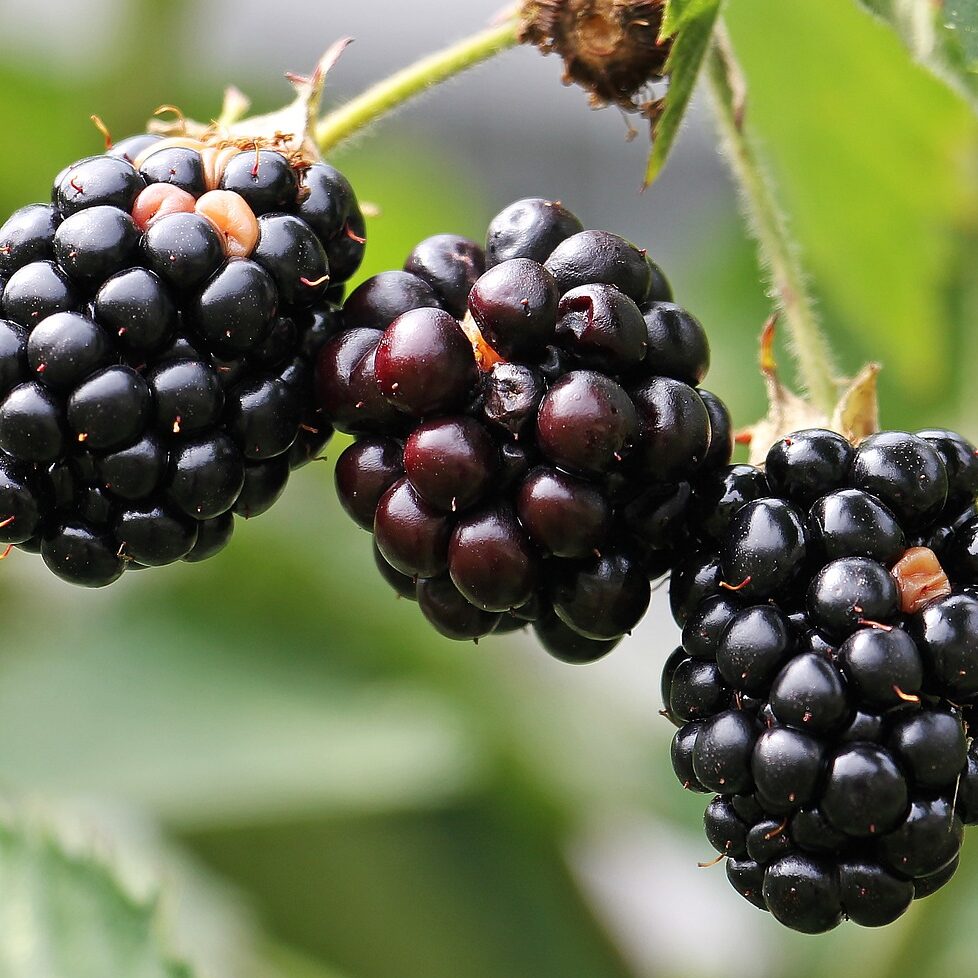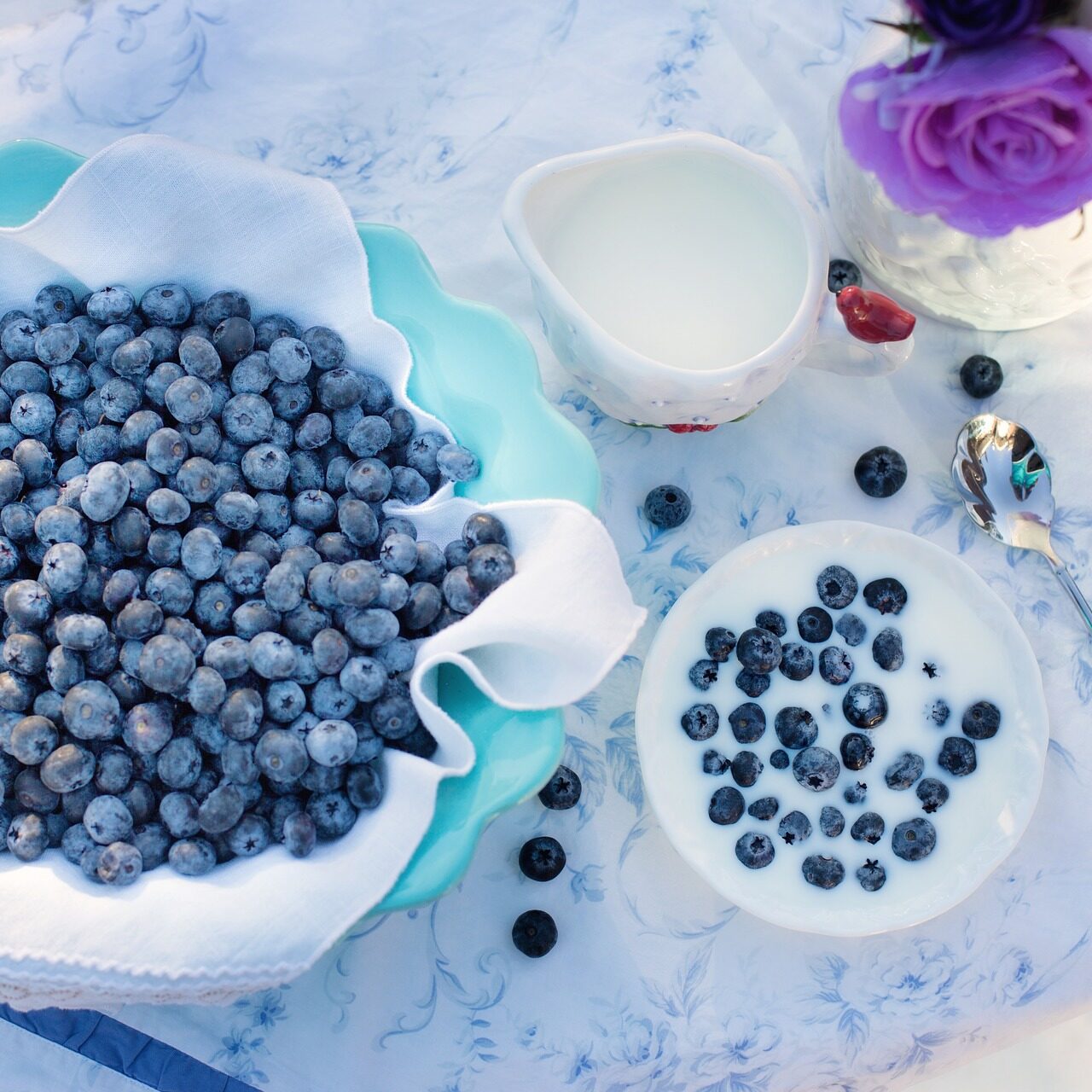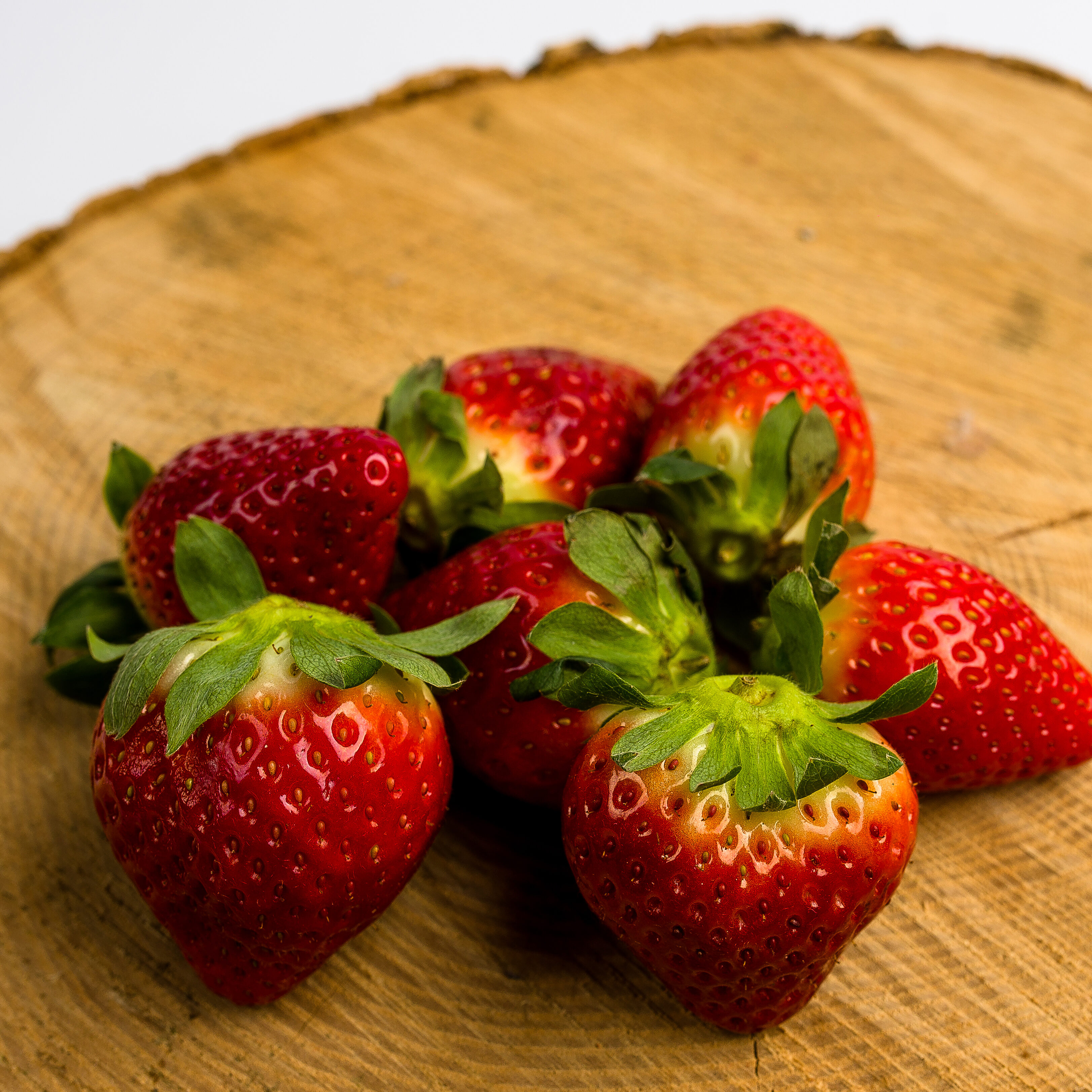
Raspberries - details and properties
Raspberries, beloved for their vibrant color and refreshing flavor, are among the most cherished fruits in the world. These delicate berries are composed of small, juicy drupelets that come together to form a larger, conical fruit. Their striking color can range from a bright ruby red to a deeper burgundy hue, depending on the variety and ripeness. The velvety skin of raspberries is covered in fine, soft hairs, contributing to their distinct texture. Not only are these fruits a treat for the senses, but they are also packed with nutrients like vitamin C, antioxidants, and dietary fiber, making them an excellent addition to a balanced diet.
Raspberries - use in the kitchen
Raspberries shine in the culinary world thanks to their sweet-tart flavor and versatility. They are widely used in various dishes, both sweet and savory. Below are some of the most popular uses of raspberries:

Desserts

Breakfasts
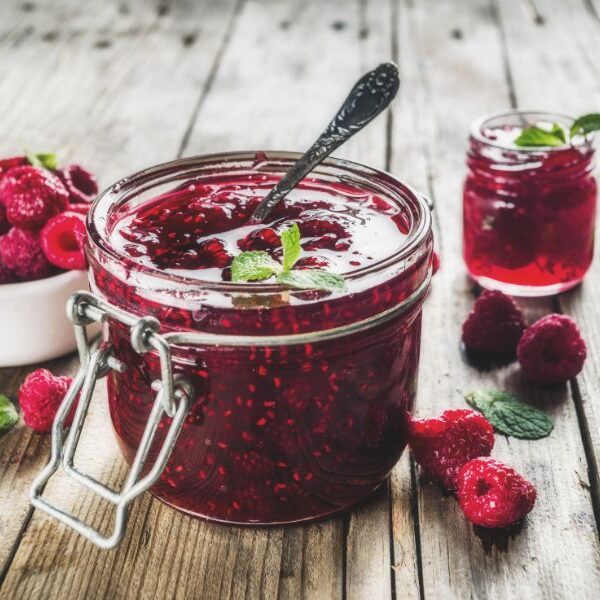
Sauces and jams
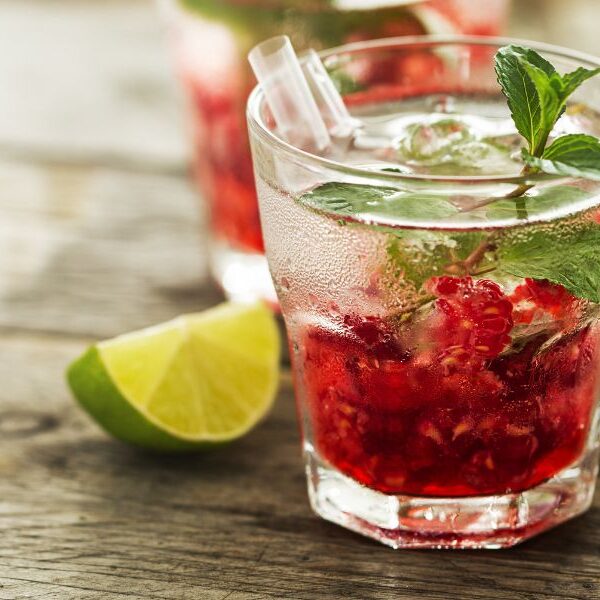
Beverages
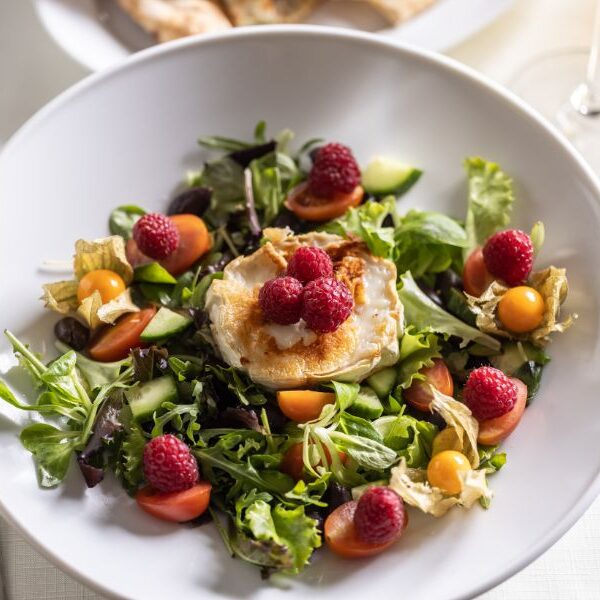
Salads

Simple snack
From elegant desserts to simple morning meals, raspberries elevate dishes with their vibrant taste and visual appeal.
Raspberries for sale - our offer and shipping
At Ansław, we are proud to be a trusted raspberries supplier, delivering raspberries for sale in wholesale quantities to meet the needs of our customers. We prioritize quality and freshness, ensuring that our raspberries reach you in perfect condition.
Our packaging options include:

Plastic punnets
(125g, 250g, 500g)

Loose crates
(4kg)
These punnets are securely transported in crates and stacked on pallets to maintain their freshness and quality during shipping. Our professional transport solutions ensure that your raspberries for sale are delivered safely, whether you’re a retailer, chef, or food enthusiast.
Raspberries - taste
The taste of raspberries is a harmonious blend of sweetness and tartness, creating an irresistible flavor profile. Their juicy and refreshing nature makes them a favorite fruit for a variety of applications, whether consumed fresh or incorporated into dishes. Raspberries offer a subtle floral aroma that enhances their overall appeal, bringing depth and character to both simple and sophisticated recipes. With every bite, they provide a burst of flavor that’s as delightful as it is refreshing, making them a staple in kitchens worldwide.
Raspberries - where and when they grow
Raspberries thrive in temperate climates and are widely cultivated in Poland, where the fertile, well-irrigated soils and mild conditions create ideal growing environments. The raspberry season begins in June and lasts until late summer, with peak harvests occurring in July and August. During this time, raspberries for sale are available in abundance, offering a fresh and flavorful supply for culinary enthusiasts. Thanks to advanced cultivation methods and the efforts of raspberries suppliers, these vibrant berries can be enjoyed locally and exported to international markets, ensuring access to their exceptional taste and quality.
Are you interested in Raspberries?
You may also like:
Ready to find out more?
Check the rest of our Offer!


